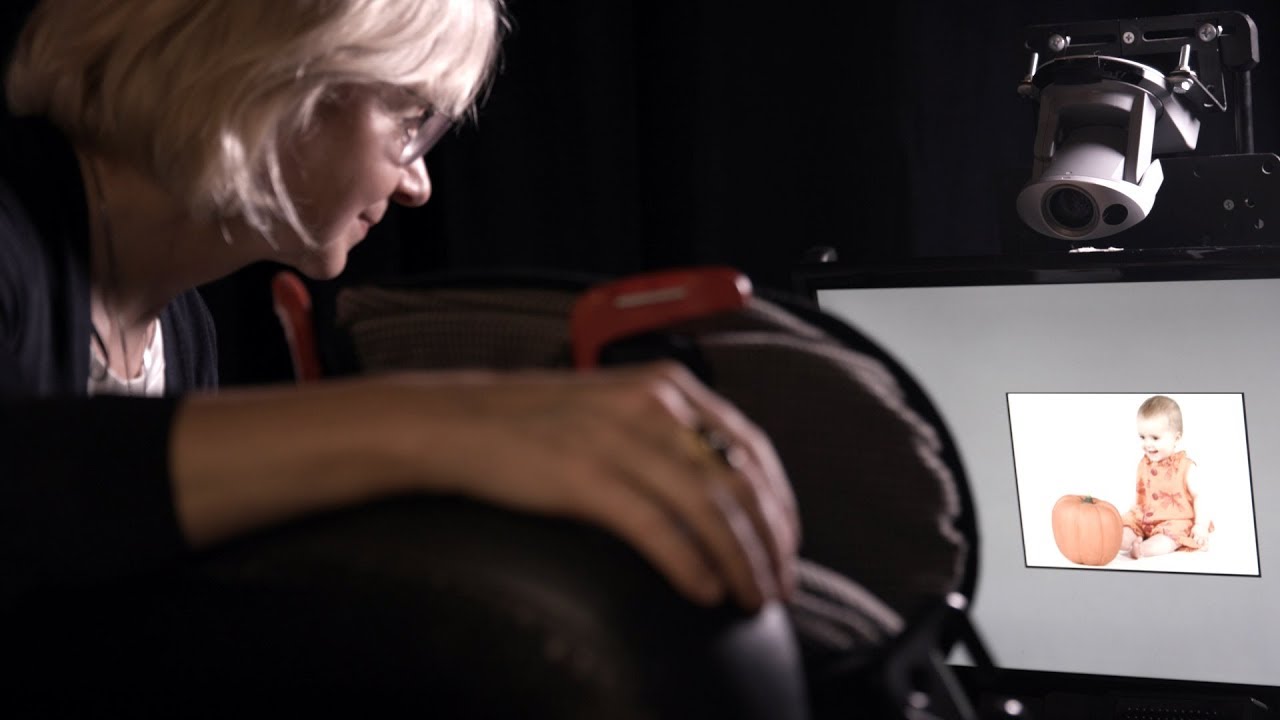Diagnosing Autism: Using Technology to Advance Early Detection and Treatment

Having a child diagnosed with autism can be a confusing and stressful time, as parents struggle to communicate with their child, navigate the complex social and educational landscapes, and worry about what the future will look like for their child.
What’s more, children with autism are individuals. “Children with autism vary from one another, and that’s what creates this amazing spectrum that we are puzzled about and try to understand,” says Katarzyna Chawarska, PhD, director of the Social and Affective Neuroscience of Autism Program at the Yale Child Study Center.
But one thing children with autism do have in common is that early intervention makes an enormous difference to their development. The brains of infants and toddlers are incredibly adaptable and responsive to therapies that focus on building social engagement and language skills.
The key to early intervention is diagnosing autism as early as possible. Although it begins far earlier, it’s unusual for a child with autism to receive a diagnosis before the age of four or five, meaning they miss out on early childhood developmental opportunities. But one of the big breakthroughs in recent years, according to Dr. Chawarska, is that children can now be diagnosed much earlier, at age 1 or 2.
Dr. Chawarska’s research is focused on finding ways to diagnose children earlier in infancy and she has found a promising method that uses eye-tracking technology. Because children with autism have difficulty focusing on the faces of people who try to engage them in an activity, Dr. Chawarska’s team uses technology to record where children look while they are watching a short video.
“Learning tends to happen most when children observe what others are doing,” says Kelly Powell, PhD, a clinical psychologist at the Child Study Center. “So, if a child’s not paying attention to someone’s face or what they’re doing, he or she is missing those opportunities to learn about the world.”
Early diagnosis and intervention can have an impact on a child’s future—for some, it could be as dramatic as being able to live independently as adults or to access mainstream education.
“If we give a child capacity to communicate using any means, gestures, eye contact, pictures, or words, a whole new world opens up to the child,” says Dr. Chawarska.